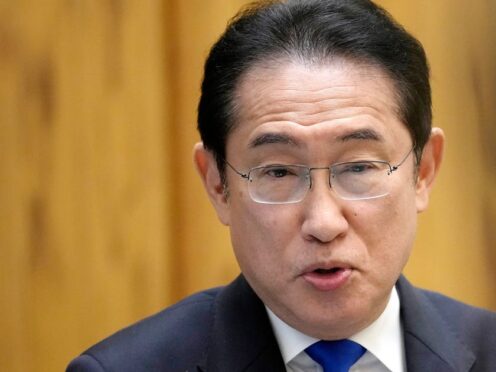
Japanese Prime Minister Fumio Kishida has unveiled an international framework for the regulation and use of generative AI, adding to global efforts towards governance for the rapidly advancing technology.
Mr Kishida made the announcement in a speech at the Paris-based Organisation for Economic Cooperation and Development (OECD).
“Generative AI has the potential to be a vital tool to further enrich the world,” Mr Kishida said.
He added: “We must also confront the dark side of AI, such as the risk of disinformation.”
When Japan chaired the Group of Seven (G7) leading industrialised nations last year, it launched a Hiroshima AI process to draw up international guiding principles and a code of conduct for AI developers.
🔴 LIVE NOW | Opening of the OECD 2024 Ministerial Council Meeting chaired by @JapanOECD, with vice-chairs @DelegamexOCDE and @NLmissionOECD
High level speakers: Fumio Kishida (@JPN_PMO) and Secretary-General @MathiasCormann#OECDministerial https://t.co/nkdwXbfM9P
— OECD ➡️ Better Policies for Better Lives (@OECD) May 2, 2024
Some 49 countries and regions have signed up to the voluntary framework, called the Hiroshima AI Process Friends Group, Mr Kishida said, without naming any.
They will work on implementing principles and code of conduct to address the risks of generative AI and “promote cooperation to ensure that people all over the world can benefit from the use of safe, secure, and trustworthy AI”, he said.
The European Union, the United States, China and many other nations have been racing to draw up regulations and oversight for AI, while global bodies such as the United Nations have been grappling with how to supervise it.

Enjoy the convenience of having The Sunday Post delivered as a digital ePaper straight to your smartphone, tablet or computer.
Subscribe for only £5.49 a month and enjoy all the benefits of the printed paper as a digital replica.
Subscribe